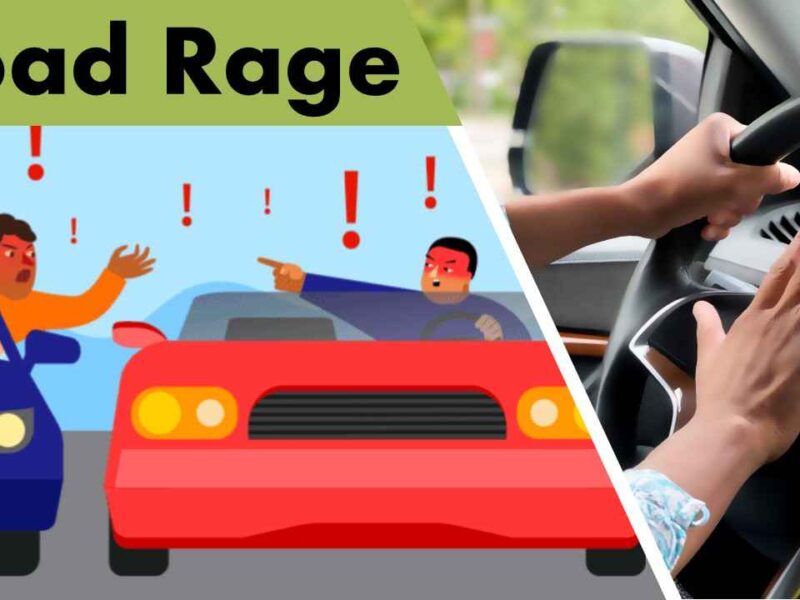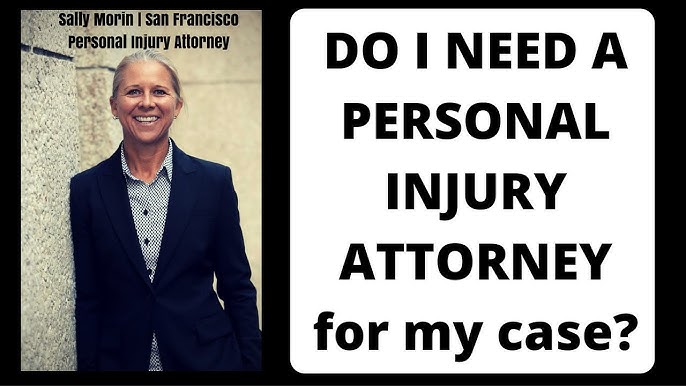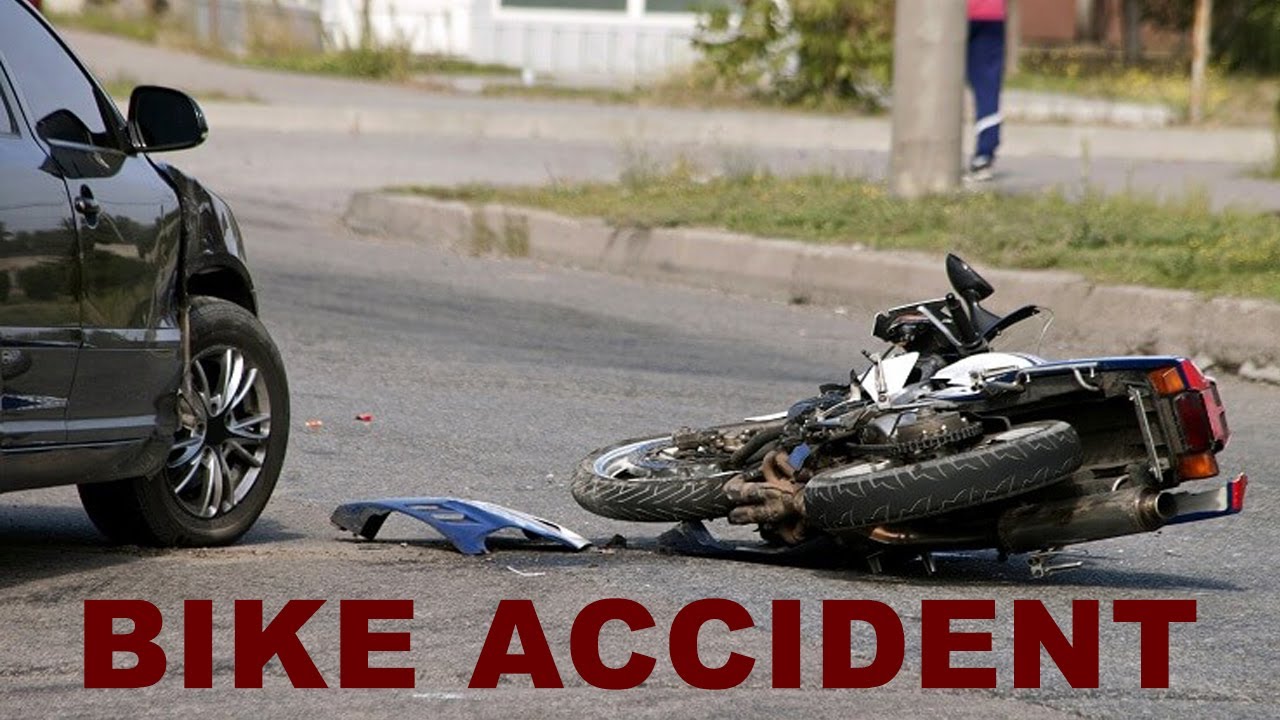The Psychology of Road Rage: Strategies for Avoiding Traffic Incidents
Introduction:
Road rage is a prevalent and concerning issue in today’s modern society, especially on congested roads where tensions often run high. It’s characterized by a spectrum of aggressive behaviors exhibited by drivers in response to various stressors encountered on the road. From minor acts of frustration like rude gestures and verbal altercations to more severe incidents involving dangerous driving maneuvers and physical confrontations, road rage presents significant risks to road safety and the well-being of everyone on the road.
Understanding the underlying psychology behind road rage is crucial for addressing and mitigating its effects. It involves a complex interplay of psychological, social, and environmental factors that influence driver behavior. Feelings of frustration, impatience, and perceived injustice triggered by traffic congestion, delays, or interactions with other road users can quickly escalate into acts of aggression. Additionally, individual differences in stress management, personality traits, and the sense of control exerted while driving contribute to the likelihood of experiencing road rage.
In light of these challenges, implementing practical strategies to prevent road rage and promote safer interactions on the road is imperative. By fostering awareness, empathy, and effective coping mechanisms, drivers can navigate stressful driving situations more calmly and responsibly, reducing the risk of road rage incidents and creating a safer driving environment for everyone.
Understanding the Psychology of Road Rage:
Road rage is rooted in a complex interplay of psychological, social, and environmental factors that influence driver behavior. At its core, road rage is often triggered by feelings of frustration, impatience, and perceived injustice in response to traffic congestion, delays, or perceived slights by other road users. These negative emotions can escalate quickly, leading to aggressive behaviors such as tailgating, speeding, weaving in and out of traffic, or engaging in confrontational interactions with other drivers.
Several psychological mechanisms contribute to the onset of road rage, including:
Certainly, let’s delve deeper into these psychological factors contributing to road rage:
- Stress and Anger: The stressors associated with driving, such as traffic congestion, long commutes, and time pressures, can significantly impact a driver’s emotional state. When faced with these stressors, individuals may experience heightened levels of frustration and anger. For example, being stuck in bumper-to-bumper traffic or running late due to unexpected delays can quickly trigger feelings of irritation and impatience. In such situations, even minor incidents, such as a slow-moving vehicle or a driver cutting in front, can provoke an outsized emotional response. This buildup of negative emotions can lead to aggressive reactions, including tailgating, honking, or aggressive overtaking maneuvers, as drivers seek to vent their frustration or regain a sense of control over the situation.
READ ALSO: Pedestrian Safety in Urban Areas
- Attribution Bias: Attribution bias refers to the tendency of individuals to attribute negative events or outcomes to the intentional actions of others rather than situational factors. In the context of driving, this bias can manifest when drivers perceive the actions of other road users as deliberate slights or provocations. For example, if a driver is cut off in traffic, they may interpret the action as a deliberate act of aggression rather than a simple mistake or misjudgment. This attribution bias can fuel feelings of resentment and hostility toward other drivers, leading to retaliatory behavior such as aggressive tailgating, verbal confrontations, or dangerous driving maneuvers. By attributing negative events to the malicious intent of others, drivers may feel justified in responding aggressively, perpetuating a cycle of conflict and escalation on the road.
- Deindividuation: Deindividuation refers to the loss of individual identity and accountability that can occur in group settings or situations where individuals feel anonymous or detached from their actions. Behind the wheel of a vehicle, drivers may experience a sense of deindividuation due to the physical barrier provided by their car and the anonymity afforded by being surrounded by other vehicles. This diminished sense of personal accountability can lead drivers to feel less constrained by social norms or consequences, making them more likely to engage in aggressive or antisocial behavior. For example, drivers may feel emboldened to engage in behaviors such as tailgating, weaving in and out of traffic, or making rude gestures, believing that they can act with impunity due to the perceived anonymity of the driving environment. Additionally, the sense of detachment from others on the road may reduce feelings of empathy or concern for the safety and well-being of fellow road users, further exacerbating the risk of aggressive behavior.
- Social Learning: Observing aggressive driving behaviors from other motorists or media portrayals of aggressive driving can normalize and reinforce such behaviors, leading individuals to emulate them in similar situations.
Understanding these psychological factors is essential for addressing and mitigating road rage incidents. By recognizing the role of stress, attribution bias, and deindividuation in influencing driver behavior, interventions can be developed to promote safer and more considerate driving practices. Strategies such as stress management techniques, cognitive-behavioral interventions, and increased awareness of the impact of attribution bias and deindividuation can help drivers regulate their emotions, challenge negative attributions, and foster a greater sense of responsibility and empathy on the road. Ultimately, by addressing these psychological factors, we can work towards creating a safer and more harmonious driving environment for everyone.
Strategies for Avoiding Traffic Incidents:
While road rage may be a common phenomenon, there are several strategies that drivers can employ to avoid escalating situations and promote safer interactions on the road:
- Practice Patience and Emotional Regulation: Recognize that traffic congestion and delays are inevitable parts of driving and practice patience when faced with frustrating situations. Employ stress management techniques such as deep breathing, visualization, or listening to calming music to regulate emotions and maintain a calm demeanor behind the wheel.
- Avoid Aggressive Driving Behaviors: Refrain from engaging in aggressive driving behaviors such as tailgating, speeding, or making hostile gestures toward other motorists. Instead, practice defensive driving techniques such as maintaining a safe following distance, using turn signals, and yielding to other drivers when appropriate.
- Maintain Perspective: Remind yourself that the actions of other drivers are often unintentional and may be influenced by factors beyond their control. Avoid taking perceived slights or minor inconveniences personally and focus on maintaining your own safety and well-being.
- Seek Alternative Routes: If possible, avoid heavily congested routes or peak traffic times that may increase the likelihood of encountering stressful driving conditions. Use navigation apps or traffic reports to identify alternative routes with less traffic and shorter travel times.
- Stay Informed and Prepared: Stay informed about traffic conditions, road closures, and potential hazards along your route to avoid unexpected delays or disruptions. Plan your journeys and allow extra time for travel to reduce the pressure of being in a rush.
- Practice Empathy and Courtesy: Treat other road users with empathy and courtesy, acknowledging their presence and right of way. Use polite gestures such as waving or nodding to communicate your intentions and express gratitude to considerate drivers.
- Report Aggressive Behavior: If you encounter aggressive or dangerous driving behavior from other motorists, avoid escalating the situation and instead report it to the appropriate authorities or law enforcement agencies. Provide a description of the vehicle, license plate number, and details of the incident to aid in enforcement efforts.
Conclusion:
Road rage poses significant risks to road safety and can have serious consequences for drivers, passengers, and bystanders alike. By understanding the psychology behind road rage and implementing strategies to mitigate its effects, drivers can promote safer and more harmonious interactions on the road. By practicing patience, avoiding aggressive behaviors, maintaining perspective, and practicing empathy and courtesy, motorists can contribute to a culture of responsible driving and create safer roadways for everyone.






